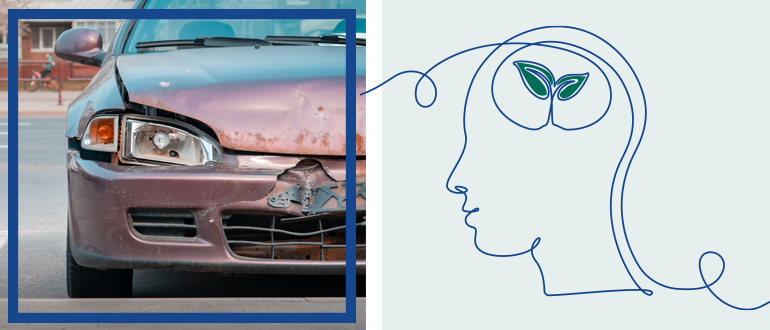Safe streets, safe pedestrians: an issue of equity

More than twenty percent of Cincinnatians do not own a car. City Council member Mark Jeffreys believes that walkable streets in Cincinnati are “not just about safety but tied to so many other issues. It’s an area of equity.”
If it seems to you that pedestrian safety has become an increasingly urgent issue in the last few years, you are correct. Last year, there were more than 305 traffic crashes that involved a pedestrian in Cincinnati. So far, this year, there have been 107, two of which were fatal.
Several factors contribute to the problem, one being larger vehicles on the road. Bigger vehicles, such as SUVs, are more likely to cause serious injury or death if the driver hits a pedestrian.
Jeffreys boils the issue down to street design. “[Roadways] are built around the idea of getting people from Point A to Point B the fastest. People will drive as fast as the street allows because they believe there’s no enforcement, and they can get away with it.” He also cites driver distraction due to mobile devices.
He believes the issue of pedestrian safety comes down to a simple question: “What do we value more: Human life and community or getting to a destination 30 seconds faster? Right now, unfortunately, it’s the latter.”
Safer pedestrian experiences
Health Care Access Now (HCAN) and its Community Health Workers (CHWs) work with their clients to overcome transportation issues. Often, the people CHWs serve do not have access to personal vehicles and must either walk or take public transportation to do any kind of errand—including going to medical appointments. These clients may be pregnant, elderly, have children accompanying them, suffer from chronic diseases, or otherwise be unable to walk quickly.
Many of them do not feel comfortable as pedestrians because they live in areas that are unfriendly to walkers. For example, there may not be contiguous sidewalks, or there may be long stretches of road without crosswalks. Jeffreys believes that the city’s infrastructure needs to be adjusted for safer pedestrian experiences.
“Last month, we were talking with the residents of East Westwood, whose kids are walking to school where there’s no sidewalk. In the snow, they’re walking in the street,” he says. “We need to connect sidewalks to bus transit so people can walk and cross streets safely to get to stops.”
He says that Issue 7, approved by voters in 2020, allows the county to repair roads and work toward “complete streets” along major public transportation routes, “making it safer for people to reach bus stops. We need to leverage those dollars to make changes.”
A “complete streets ordinance” requires that, as streets are repaved, other improvements are implemented, as well. This may include the addition of sidewalks, bike lanes, or better visibility for crosswalks, as examples. “Other cities have [complete streets policies], and it should be the default,” Jeffreys says.
“This is an issue of equity. The streets are for everyone to work, live, and play, and should be designed for the people who are living there,” rather than the people driving through neighborhoods. “It requires a cultural and mindset shift.”
Traffic calming and safety improvements
Jeffreys acknowledges that the current strategy for pedestrian safety resembles “whack-a-mole“. We’re reactive. We solve that intersection, that challenge, and never seem to have enough money.”
A new initiative proposed by Jeffreys and Cincinnati Mayor Aftab Pureval that passed City Council allots $1 million to increase pedestrian safety and introduce more holistic measures for traffic calming. Included among the plans are curb extension bump-outs at crosswalks and intersections, so that both drivers and pedestrians can see each other better; speed cushions along major arteries, which slow personal vehicles but allow emergency vehicles to pass through at higher speeds; and landscape bulwarks to slow speeds and adjust turning radius. “These [plans] will be implemented before the end of this fiscal year.”
Other ideas that Jeffreys hopes can be incorporated into Cincinnati’s planning include open streets, or pedestrian parks. “People love Freedom Way downtown,” for example. He suggests that areas suited to that option, such as the Clifton downtown area, test it out. “Try the first Saturday of the month. Businesses worry about losing traffic and parking, but people actually spend more money.” Of course, there are always “unintended consequences” when testing a new traffic strategy, such as traffic being redirected to side streets, but “that’s what testing is for. If you like it, continue it.”
He also looks to a future where Cincinnati “puts together a comprehensive plan. How much will it cost across 52 neighborhoods to redesign our streets? Then, we need to find potential funding solutions. It will take time, but we can’t wait to do it.” Lives are at stake.







